Miguel Soler Roig Photographed an Extraordinary Journey Through Southern Ethiopia. See the Vibrant, Layered Images Here


Artnet Gallery Network

In 2012, Spanish photographer Miguel Soler Roig (b. 1961) went on a journey through southern Ethiopia. The trip wasn’t wholly expected—the artist had mostly been influenced by Bauhaus and Swiss typographic style—but still, the region’s singular history fascinated him. Withstanding a brief interlude of Italian occupation from 1936 to 1941, the nation remained remarkably free of colonial influence and control.
And though now suffering from internal strife and famine caused by droughts, the country had a complex and often progressive history of its own. In the early decades of the 20th century, Emperor Haile Selassie had spearheaded influential national modernizing reforms. Later, the nation would become a communist country, and today, it stands as a democracy. Known as “the cradle of humanity,” the area of southern Ethiopia and the surrounding Omo River Valley, has been a crossroads for millennia, with richly diverse migrant cultures and ethnic groups, including the Hamer, Mursi, Karo, Surma, Bume, Galeb, Dassanetch, and Bodi.
Soler Roig’s photographs from his journey through the region are presented in the exhibition “Amesegënallô (Thanks),” currently online with Houston’s Barbara Davis Gallery. The scenes Soler Roig has captured are a colorful, vibrant document of the region’s layered histories. Celebrations of everyday life, the photographs are filled with lively figures—young men cutting sharp glances, friends chatting on a path, a woman dressed in ritual garments—and are a vivid mashup of contemporaneity, tradition, and untouched natural vistas.
The artist chose “Amesegënallô,” which means “thanks” in Amharic, as the show’s title both as a celebration of his own learning during this journey and as a sense of gratitude for the endurance for the region’s culture through the ages.
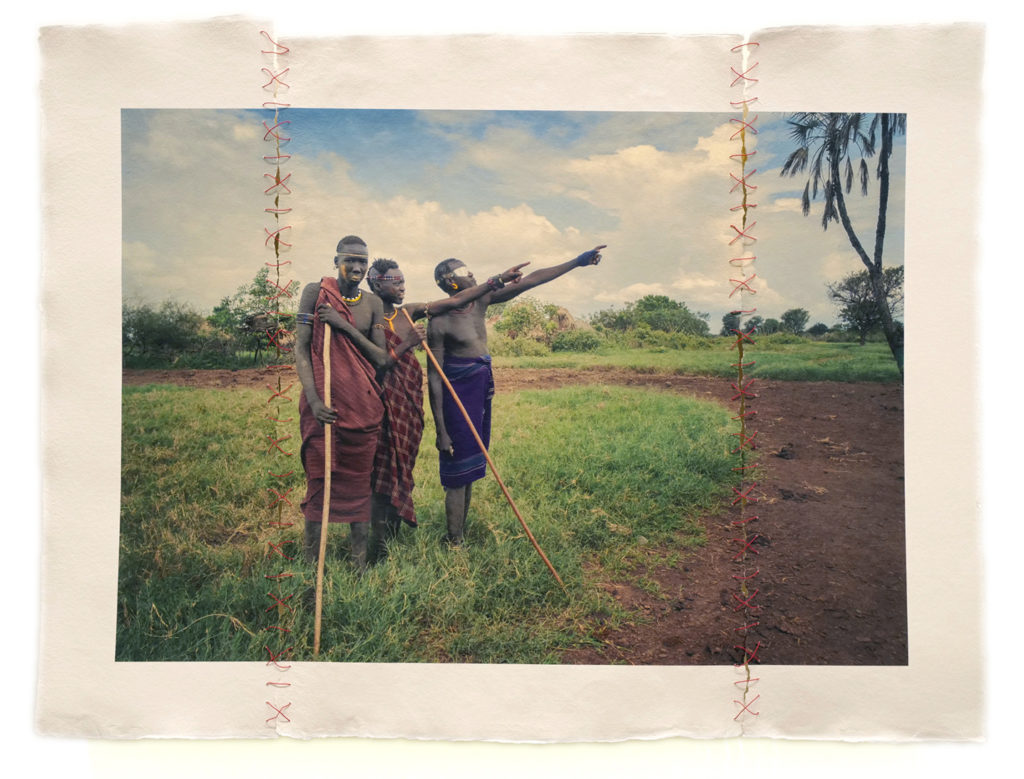
Miguel Soler Roig, U.F.O. Courtesy of Barbara Davis Gallery.
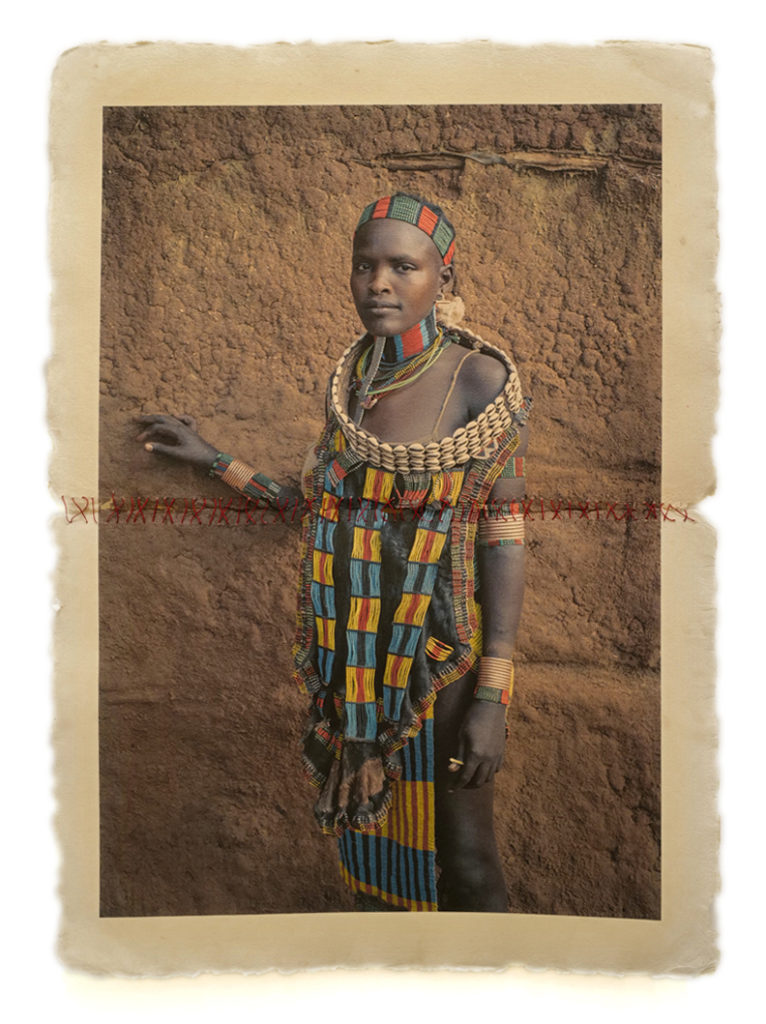
Miguel Soler Roig, Ritual Garments. Courtesy of Barbara Davis Gallery.
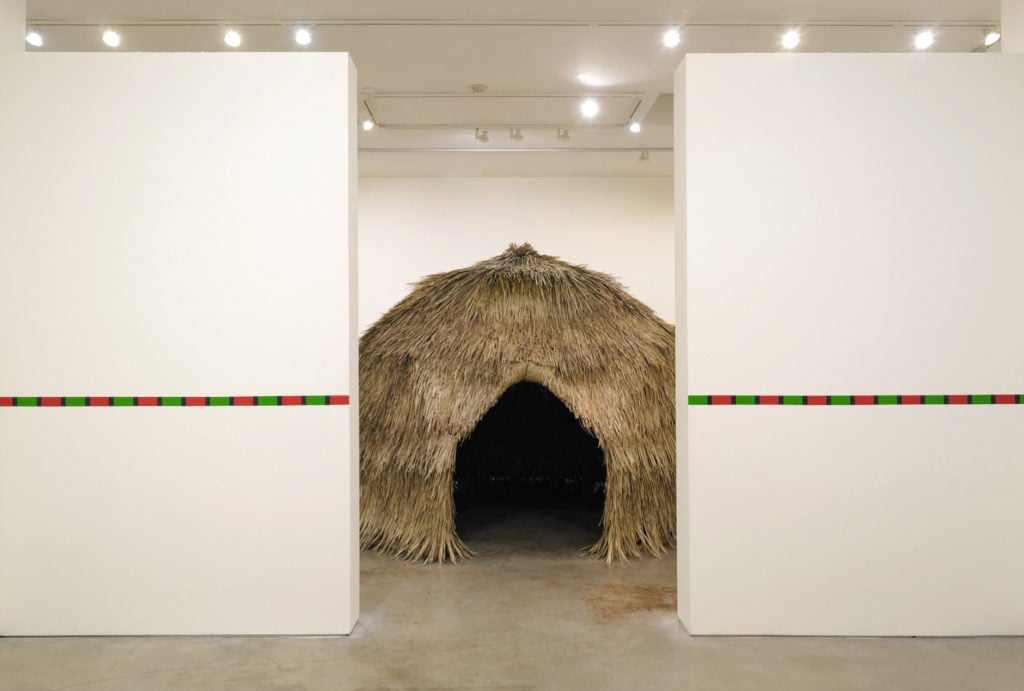
Installation view of “Miguel Soler-Roig: Amesegënallô (Thanks),” 2020. Courtesy of Barbara Davis Gallery.
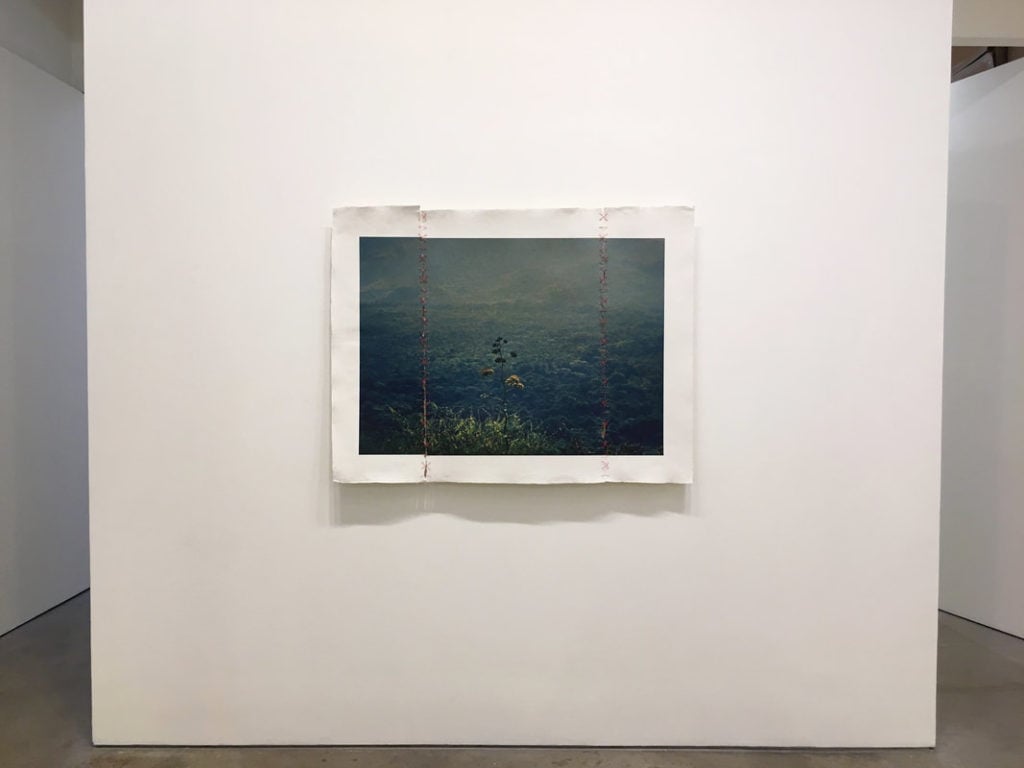
Installation view “Miguel Soler-Roig: Amesegënallô (Thanks),” 2020. Courtesy of Barbara Davis Gallery.
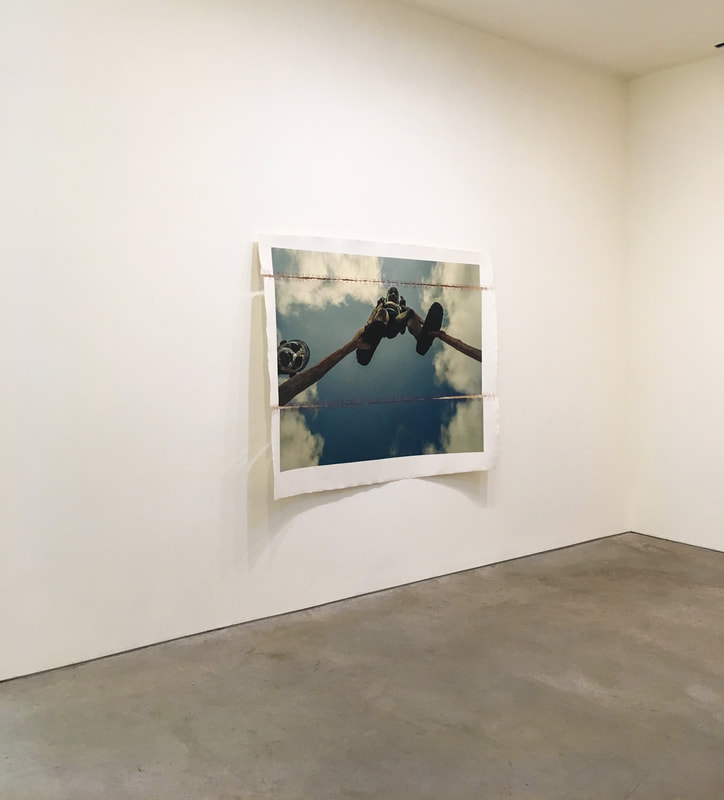
Installation view of “Miguel Soler-Roig: Amesegënallô (Thanks),” 2020. Courtesy of Barbara Davis Gallery.
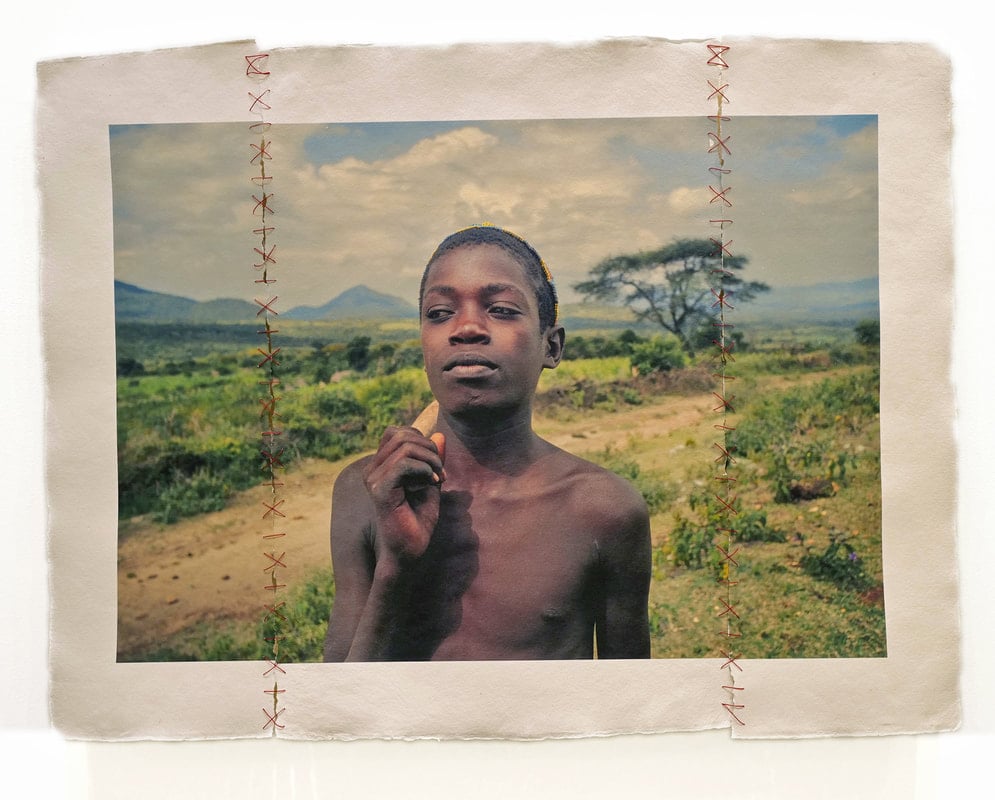
Miguel Soler Roig, Going Back to My Roots. Courtesy of Barbara Davis Gallery.
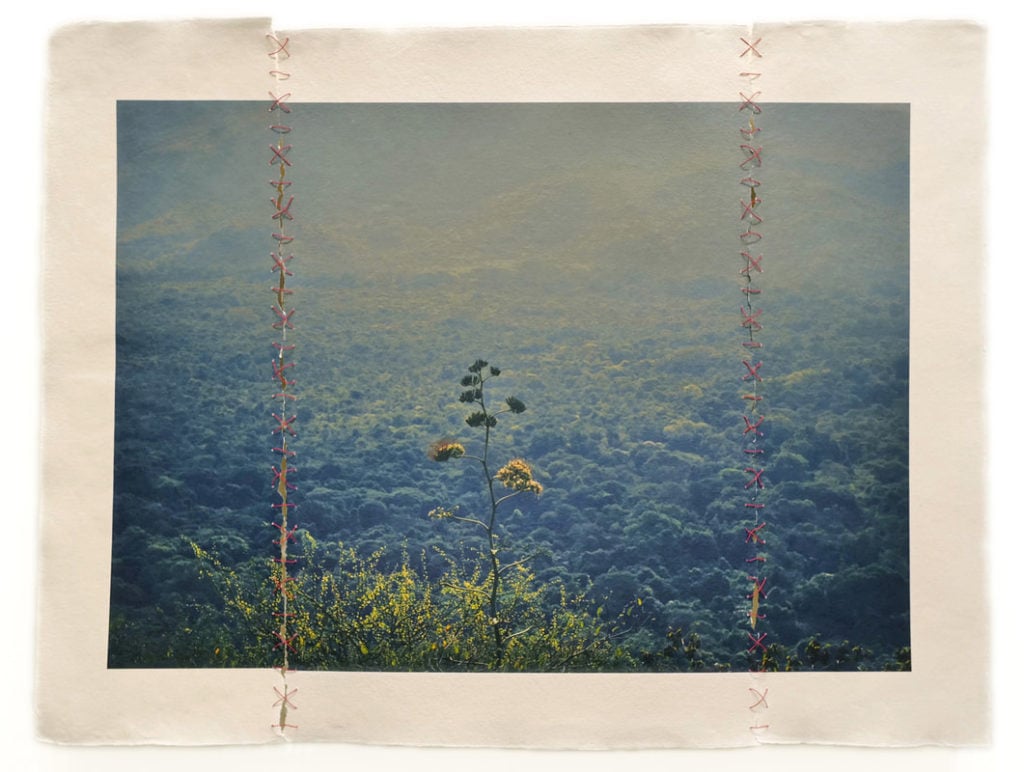
Miguel Soler Roig, Calm Down. Courtesy of Barbara Davis Gallery.